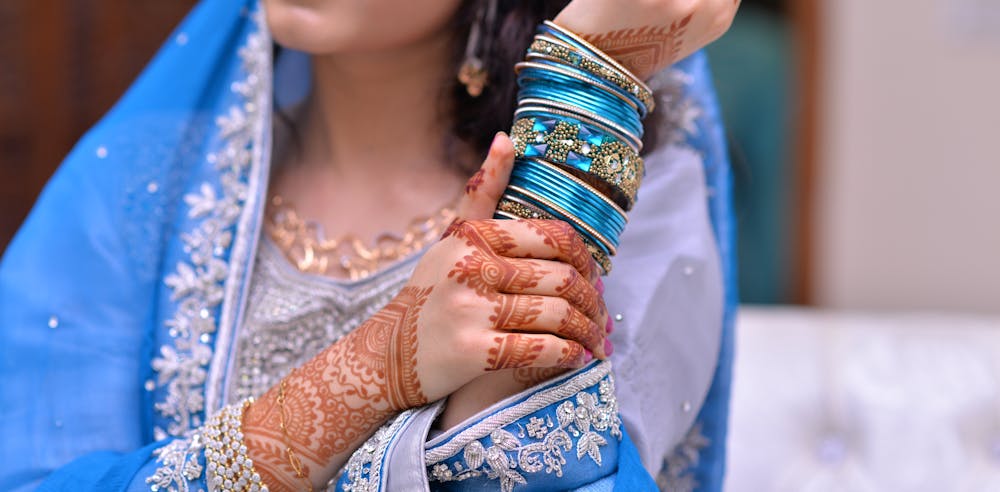The beginning of the end of the sari in Pakistan can be traced back to the Independence of Bangladesh in 1971. In East Pakistan, now Bangladesh, the sari was a “social outfit” as noted by Karachi-based journalist Saba Imtiaz. TV and popular media would often carry imagery from East Pakistan into West Pakistan, and this included visuals of women wearing saris, a common garment among Bengali women of all religions. This popularised the garment. However, when tensions started rising regarding East Pakistan’s independence, the sari slowly became less of a cultural phenomena and more of a religious one. With India siding with East Pakistan in the ensuing liberation war, the sari began to take on the identity of being Indian and thus Hindu.
This perception solidified during the reign of the military dictator Zia-ul-Haq. His regime was characterised by an intense move towards right-wing Islamisation. Suddenly not just the sari but women themselves were being made invisible, notes Saba Imtiaz. TV anchors were forced to cover their heads while on air. Many women decided to leave their jobs instead of abiding by these archaic laws. In one sweep, the sari took on a Hindu identity. What was once a cultural garment now took on religious colours.
In 1981, Zia - ul - Haq’s regime barred TV broadcasters from wearing the sari on air. The sari slowly died out of popular fashion in Pakistan. Today it is mostly associated with the country’s Hindu and Zoroastrian women.

